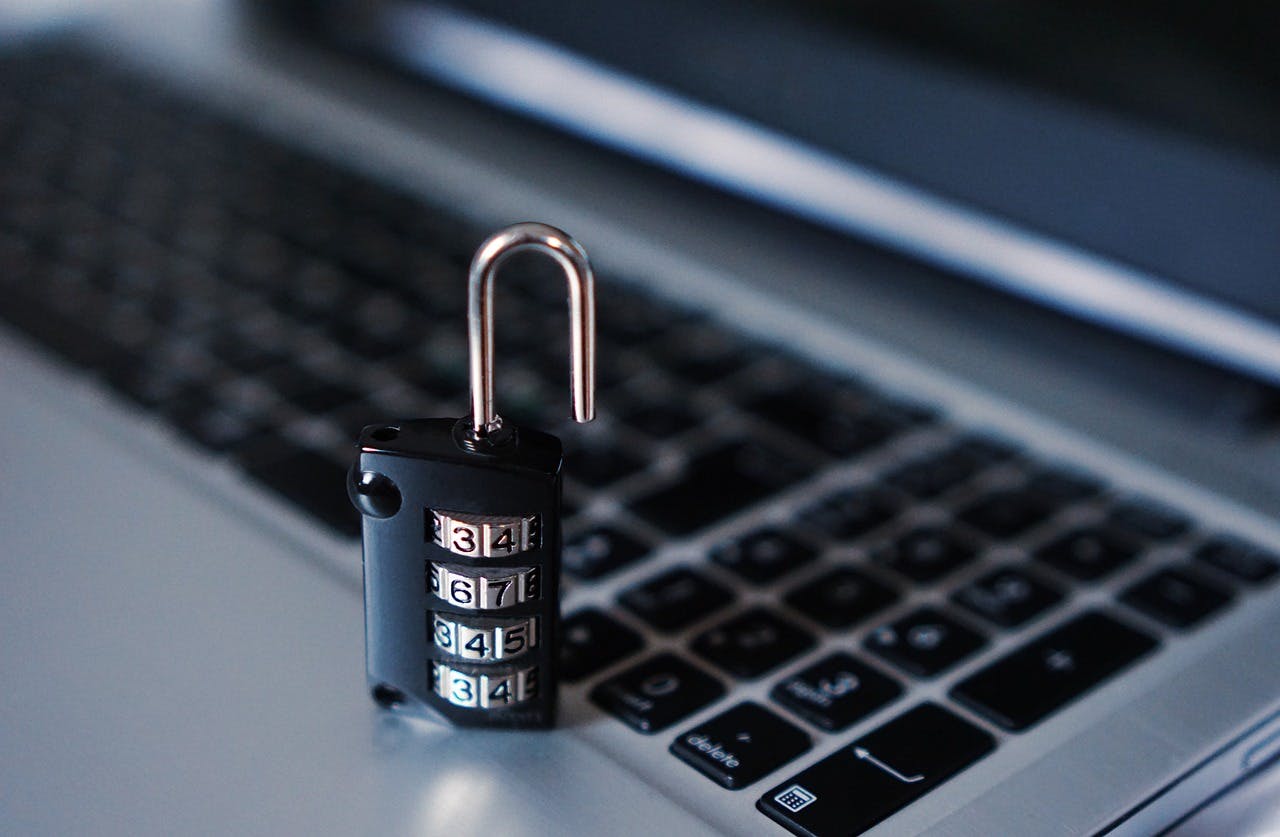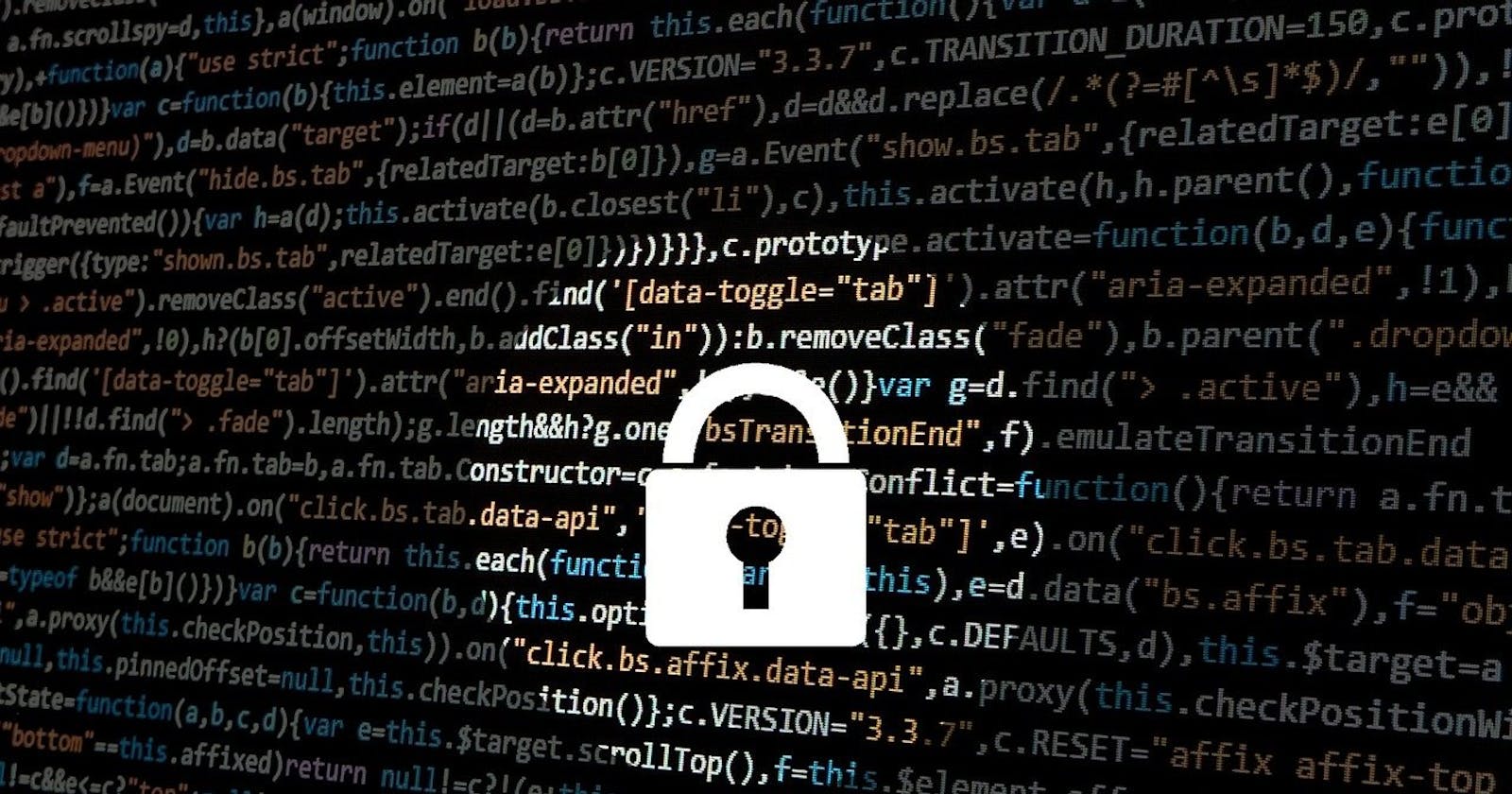Improving Information Security with Two-Factor Authentication
How to Keep Your Data Safe with Two-Factor Authentication
Table of contents
Introduction:
Cyberattacks and data breaches have become increasingly common, with hackers constantly developing new techniques to steal sensitive information. Organizations of all sizes need robust cybersecurity measures in place to protect themselves. According to one recent report, over 80% of breaches are due to compromised credentials. This alarming statistic highlights the vulnerabilities of relying on passwords alone. Implementing two-factor authentication (2FA) is critical for companies to improve information security by adding an extra layer of identity verification beyond standard passwords. With 2FA enabled users must provide two forms of evidence to prove their identity before gaining access to an account or system. As a result, hackers are less likely to be able to infiltrate accounts even if they manage to steal passwords through phishing attacks. The added protection of 2FA makes the log-in process more secure against cyber threats seeking to infiltrate networks and steal data.
What is Two-Factor Authentication, and How Does it Work?
Two-factor authentication, or 2FA, is a security process requiring users to provide two verification forms before being allowed access to a website or application. The first factor is typically a password or other piece of information that the user knows. The second is usually something in the user's possession, like a code sent to their phone or generated by an authentication app.
When logging in with 2FA enabled, users enter their username and password as usual. To complete the process, they must provide a second factor: a code sent via text message or scanned from an authentication app. Only after giving both pieces of information is access granted. Despite knowing someone's password, cybercriminals face an extra challenge.
There are several options for the second verification method:
SMS text messages containing a code
Time-based one-time passcodes from authentication apps like Google Authenticator or Authy.
Codes from hardware security keys that connect to the device attempting to log in
Biometric verification using fingerprints or facial recognition

Benefits of Implementing Two-Factor Authentication
Enabling 2FA provides significant security advantages by making unauthorized account access much more complex:
Two-factor authentication (2FA) significantly improves account security by preventing thieves from gaining access with stolen passwords alone. 2FA also protects against phishing, credential stuffing, and brute-force attacks.
Using 2FA can help protect your accounts from password database breaches. Accounts with 2FA enabled are still safe even if passwords were compromised in a breach.
Two-factor authentication ensures users' peace of mind. They can feel more confident in the security of their accounts, knowing 2FA adds protection.
Helps meet compliance requirements. Regulations like PCI DSS, HIPAA, and GDPR call for multi-factor authentication.
Guards access to sensitive systems. Administrator accounts, financial systems, healthcare records, and other high-risk data can be implemented with 2FA.
Challenges and Limitations of Two-Factor Authentication
While highly beneficial for security, adopting 2FA does come with some potential hurdles:
Added user steps create friction. Some users feel 2FA adds hassle to the log-in process.
It requires access to a verification device. Users must have their phone or other method available to receive codes.
Potential for errors or technical issues. Misentered codes or glitches with verification can temporarily lock users out.
Limited legacy system support. Older systems may need to integrate better with some 2FA methods.
Best Practices for Implementing Two-Factor Authentication
Organizations can optimize their 2FA rollout and maximize benefits by following these best practices:
Educate users on the purpose and process of 2FA to improve acceptance and cooperation.
Offer options like SMS, authenticator apps, and physical keys to accommodate user preferences.
Streamline enrollment with guidance like setup instructions and help desk support.
Have backup verification methods available if devices with primary codes are lost or damaged.
Prioritize 2FA for accounts with administrative privileges, access to sensitive data, or high transaction volumes.
Perform regular audits to ensure 2FA remains active and properly configured for all high-risk users.
Conclusion
As cyber threats become more sophisticated, standard password practices are no longer enough to protect critical systems and data. Implementing two-factor authentication adds an extra essential layer of protection by requiring dual identity verification methods. While introducing some new user steps, the enhanced security far outweighs the small hurdles. Organizations should strongly consider adding 2FA to their cyber risk management strategy. Taking the time to educate users and streamline the enrollment process can help smooth the transition. Adding two-factor authentication is one of the most meaningful steps an organization can take today to boost information security.
